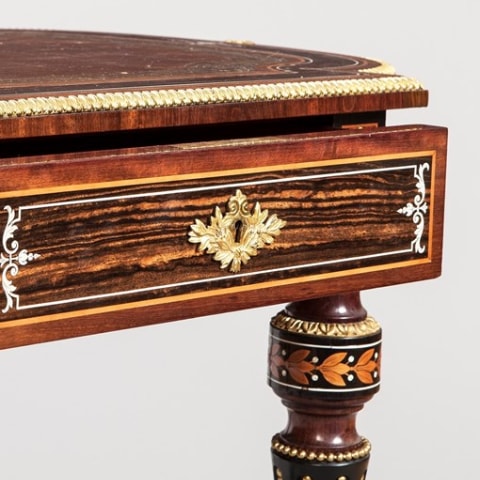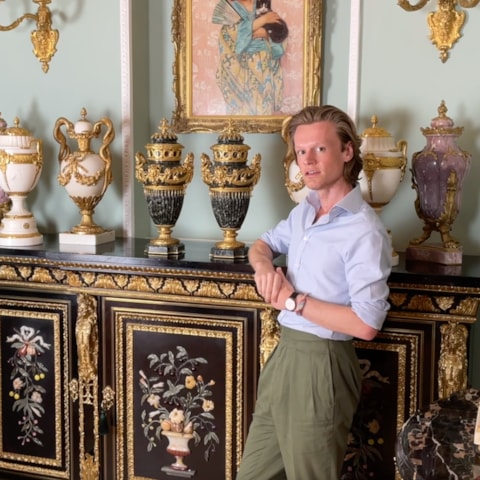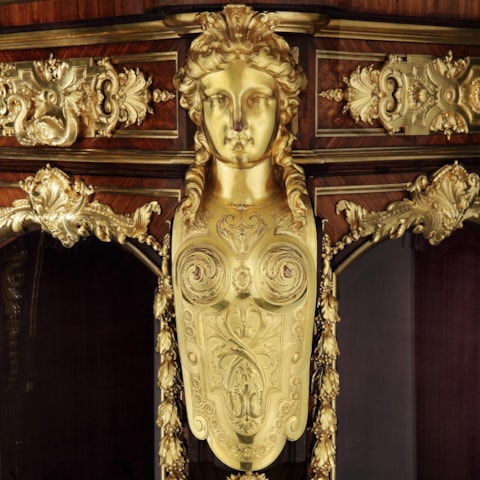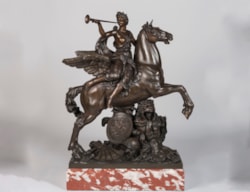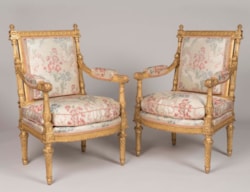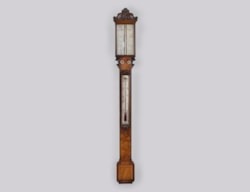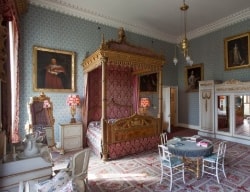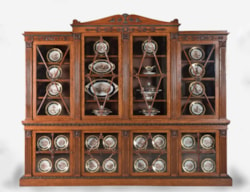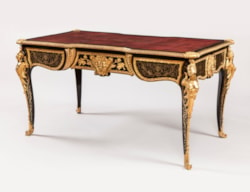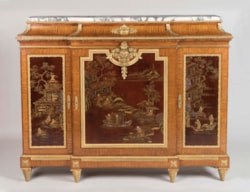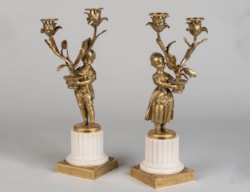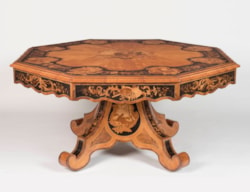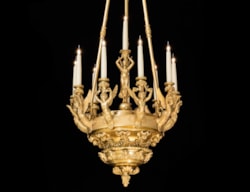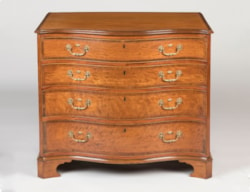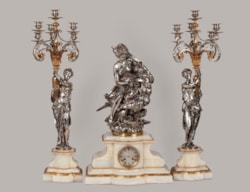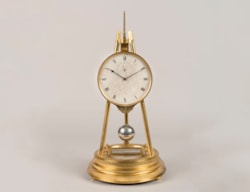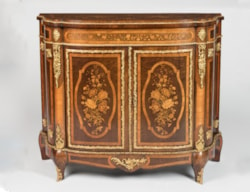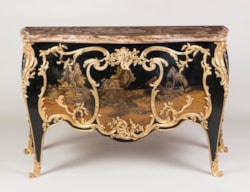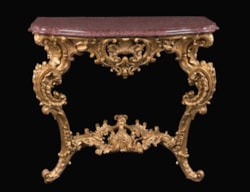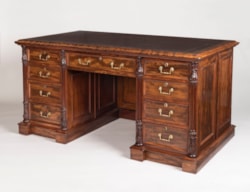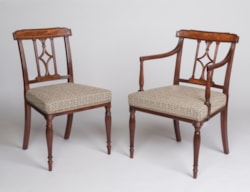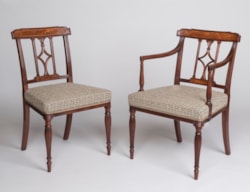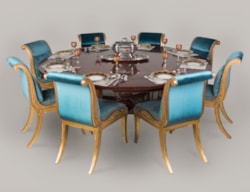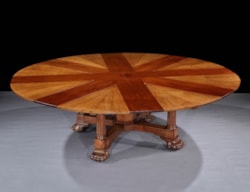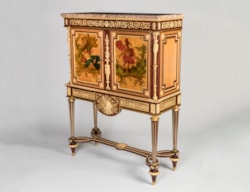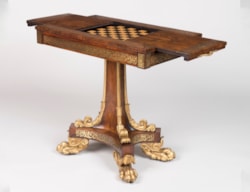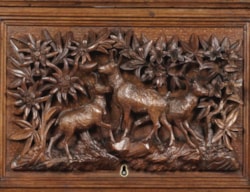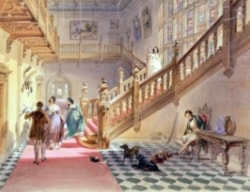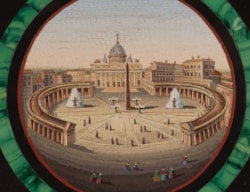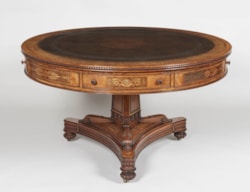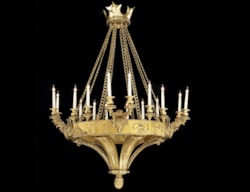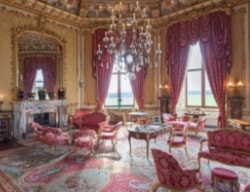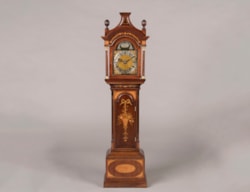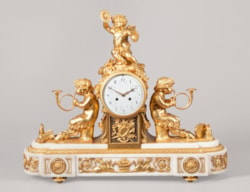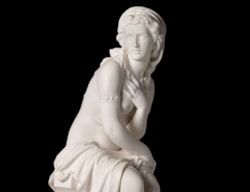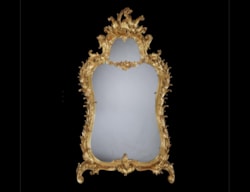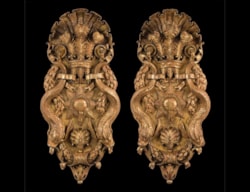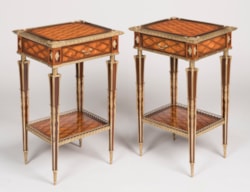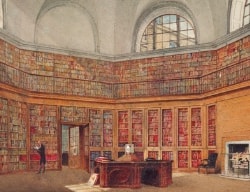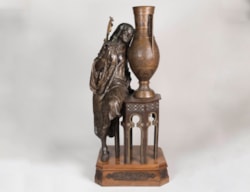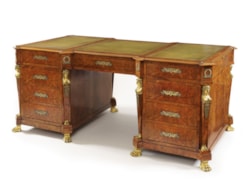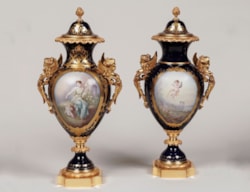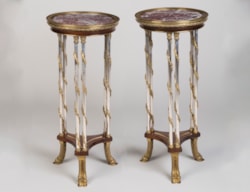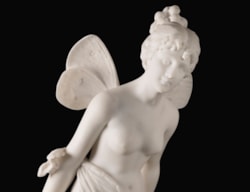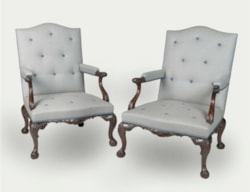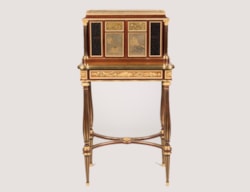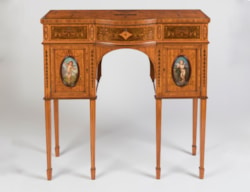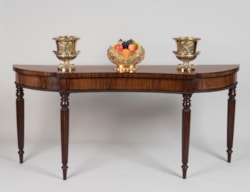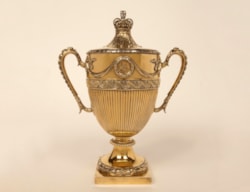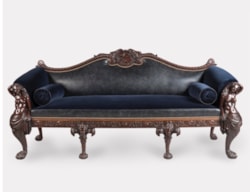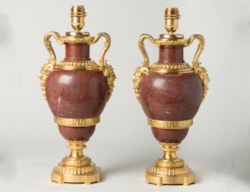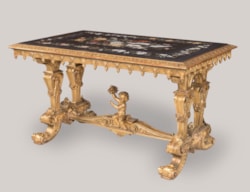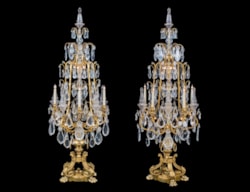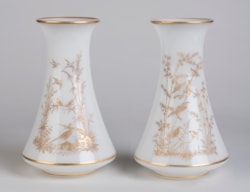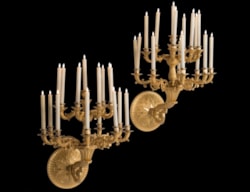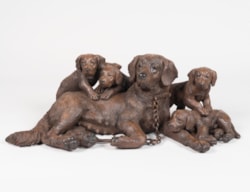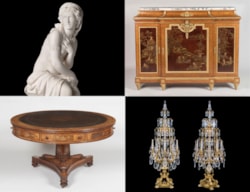November 2022
Furniture ABC's: Escutcheon

E is for Escutcheon
An escutcheon, in furniture design, is the metal plate that surrounds a keyhole. First appearing on desks and cabinets during the Middle Ages, they were almost exclusively made of wrought iron, a hardwearing material which protected the keyhole from damage and chips. Just like metal hinges and handles found on furniture, these practical components slowly evolved over the centuries into enticing decorative elements.
From the 17th century onwards, escutcheons tended to be made of brass, and were designed to complement the overall aesthetic of a piece of furniture. It was really during the 18th century that both French and English makers explored the finer designs of escutcheons to their full potential. The best furniture was decorated with gilt bronze (ormolu) escutcheons and appeared on both sides of the English Channel.
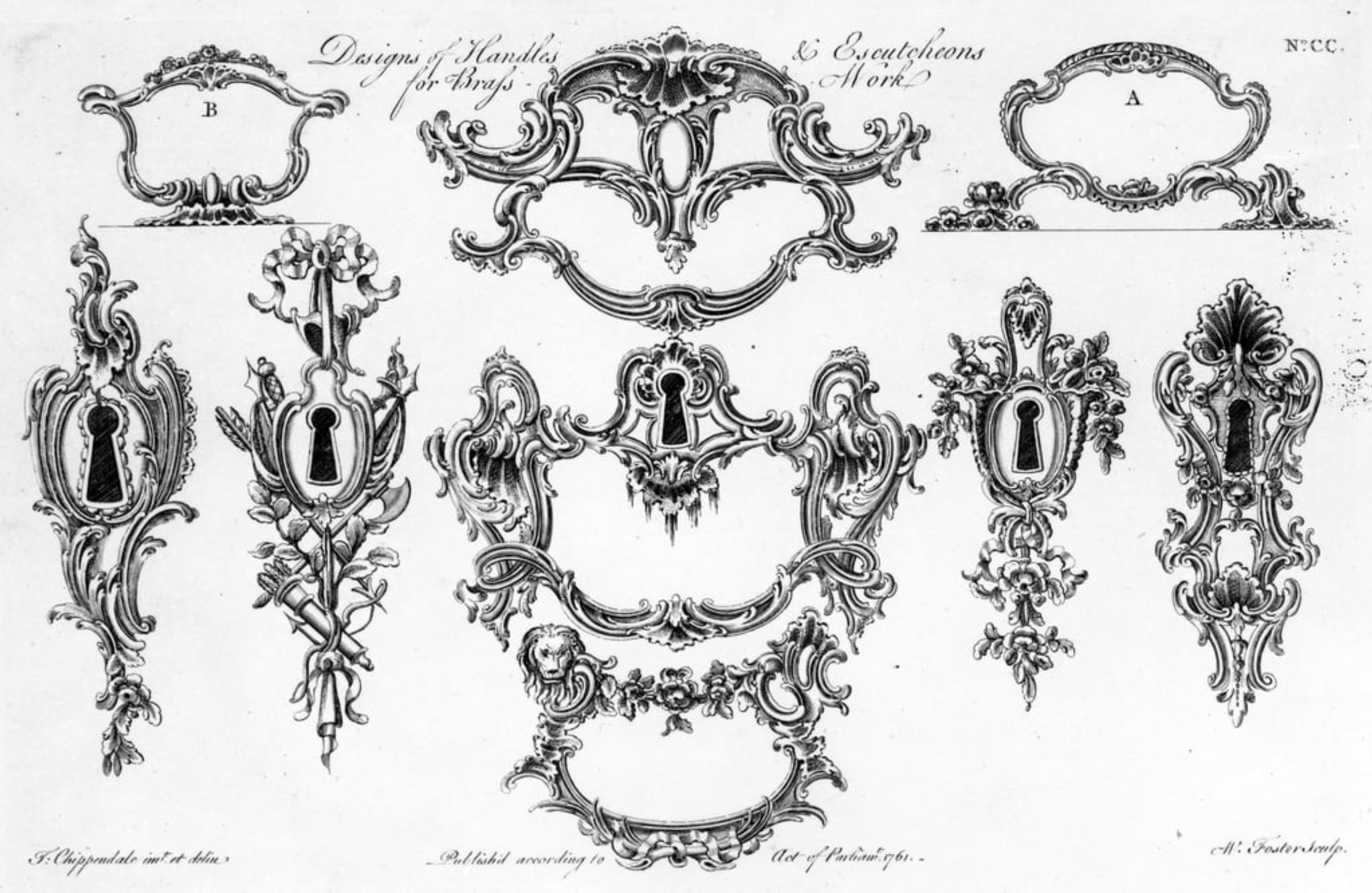
Figure 1. Chippendale's "Designs of Handles & Escutcheons for Brass Work" published in 1761
The 18th and 19th century English tradition for escutcheon designs are traced back to a handful of influential designers, including Thomas Chippendale & Robert Adam. The master of Rococo, Chippendale’s designs (fig. 1) are often asymmetrical, incorporating C-scrolls and floral elements, like the escutcheons on this George III partners desk (fig. 2).
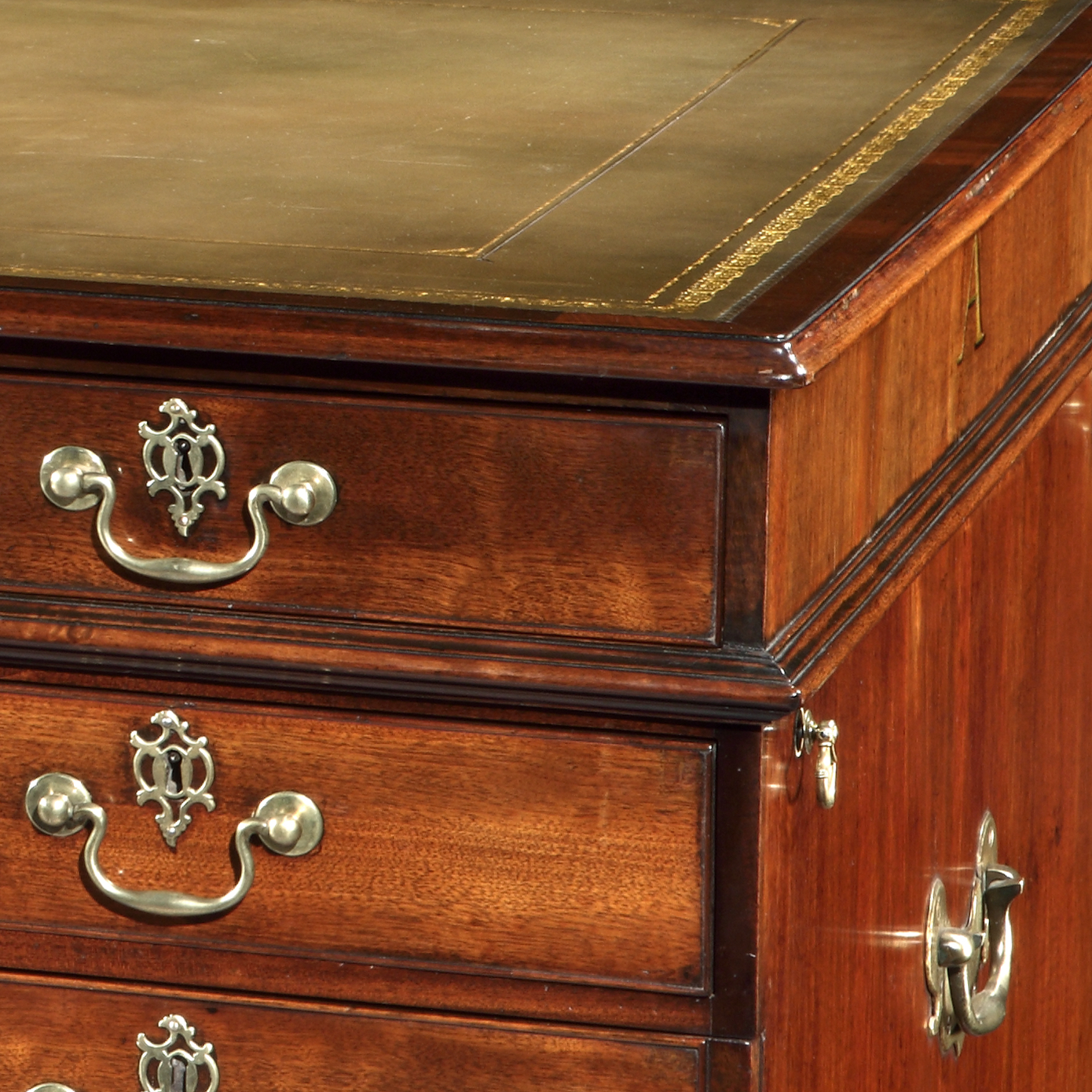
Figure 2. A Fine Example of a George III Partners Desk, circa 1780. Butchoff Antiques, London.
Meanwhile, Robert Adam advocated for a return to a classical design inspired from Antiquity, incorporating Palladian elements such as rosettes, medallions, acroteria, and honeysuckles motifs. These were equally published as engraved designs (fig. 3), and can be recognized on this neoclassical bureau cabinet (fig. 4) as well as this 19th century games table by Gillow & Co (fig. 5).
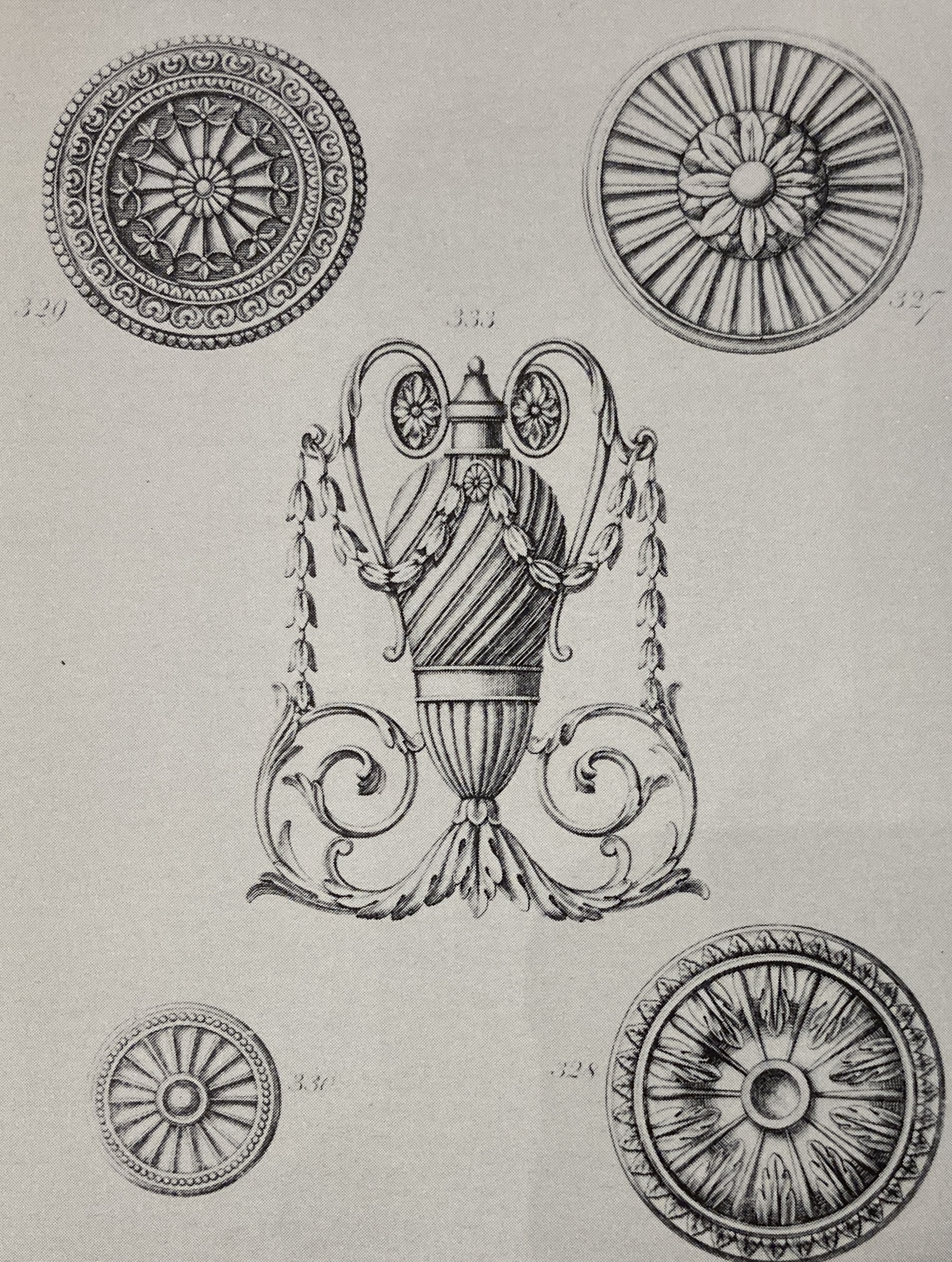
Figure 3. Anonymous Neo-Classical Designs for Decorative Brasswork, late 18th century.
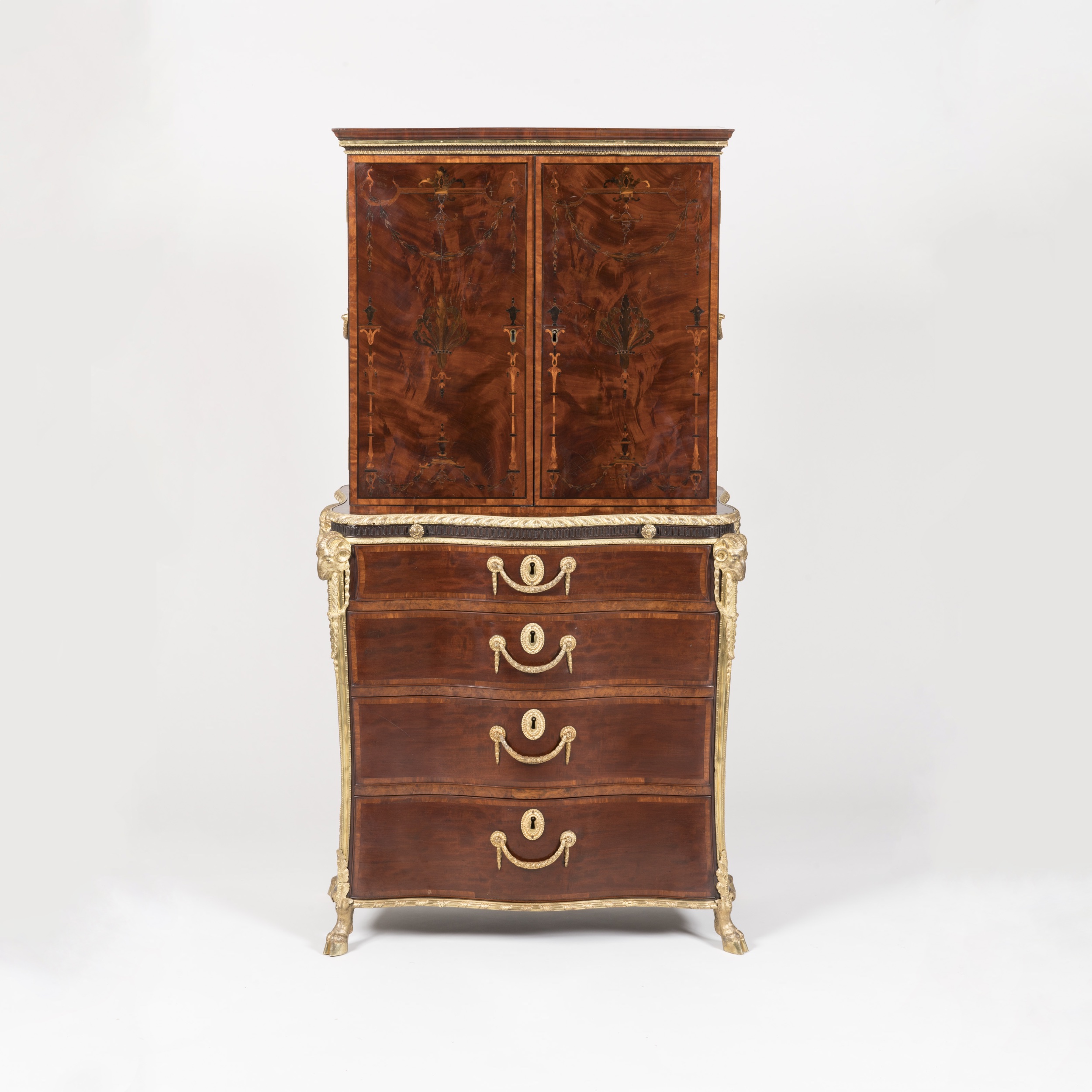
Figure 4. A Magnificent Ormolu-Mounted Bureau Bookcase, Butchoff Antiques, London.
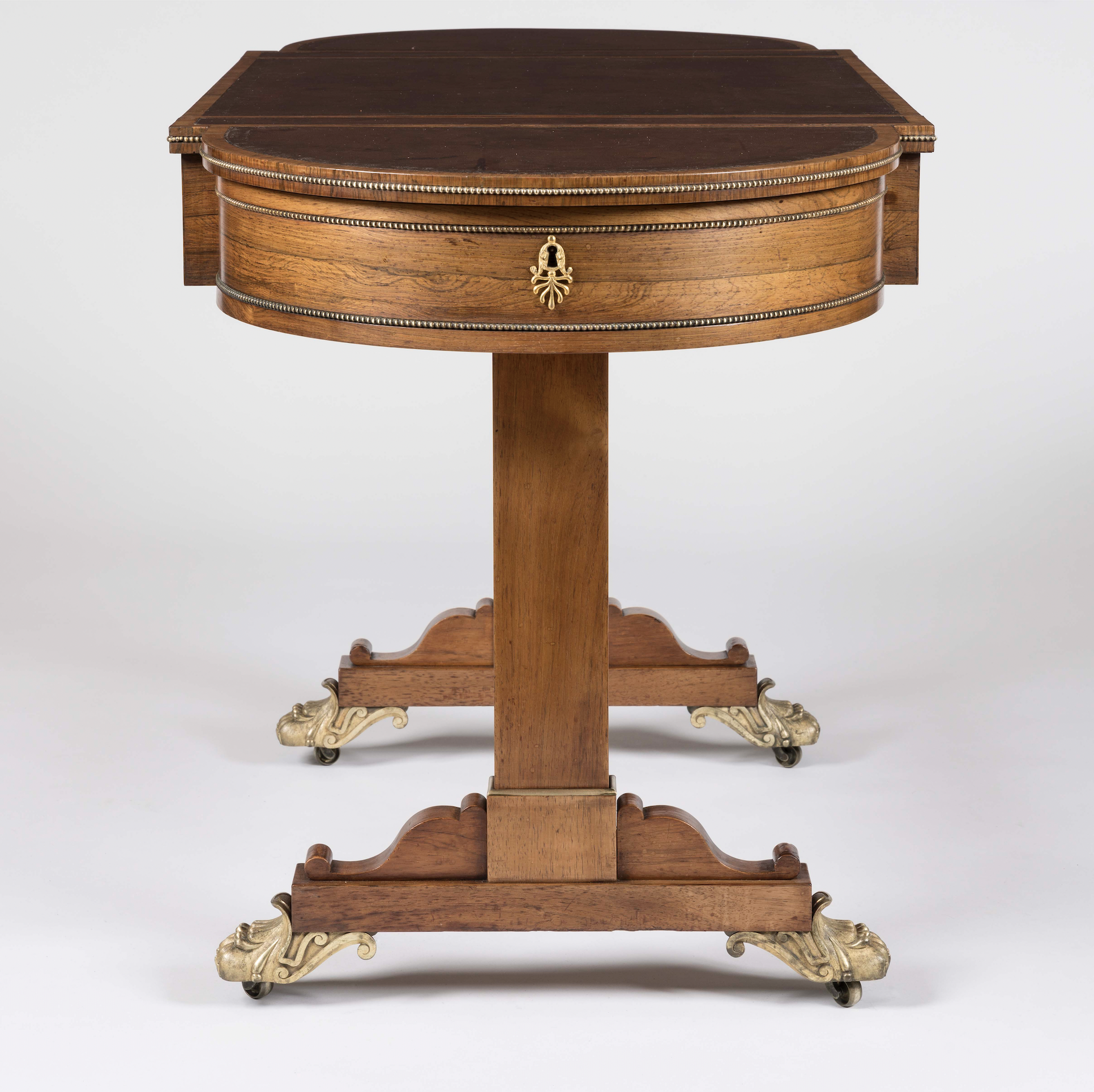
Figure 5. A Regency Period Games Table firmly attributed to Gillows of Lancaster, circa 1815, previously with Butchoff, London
Louis XIV
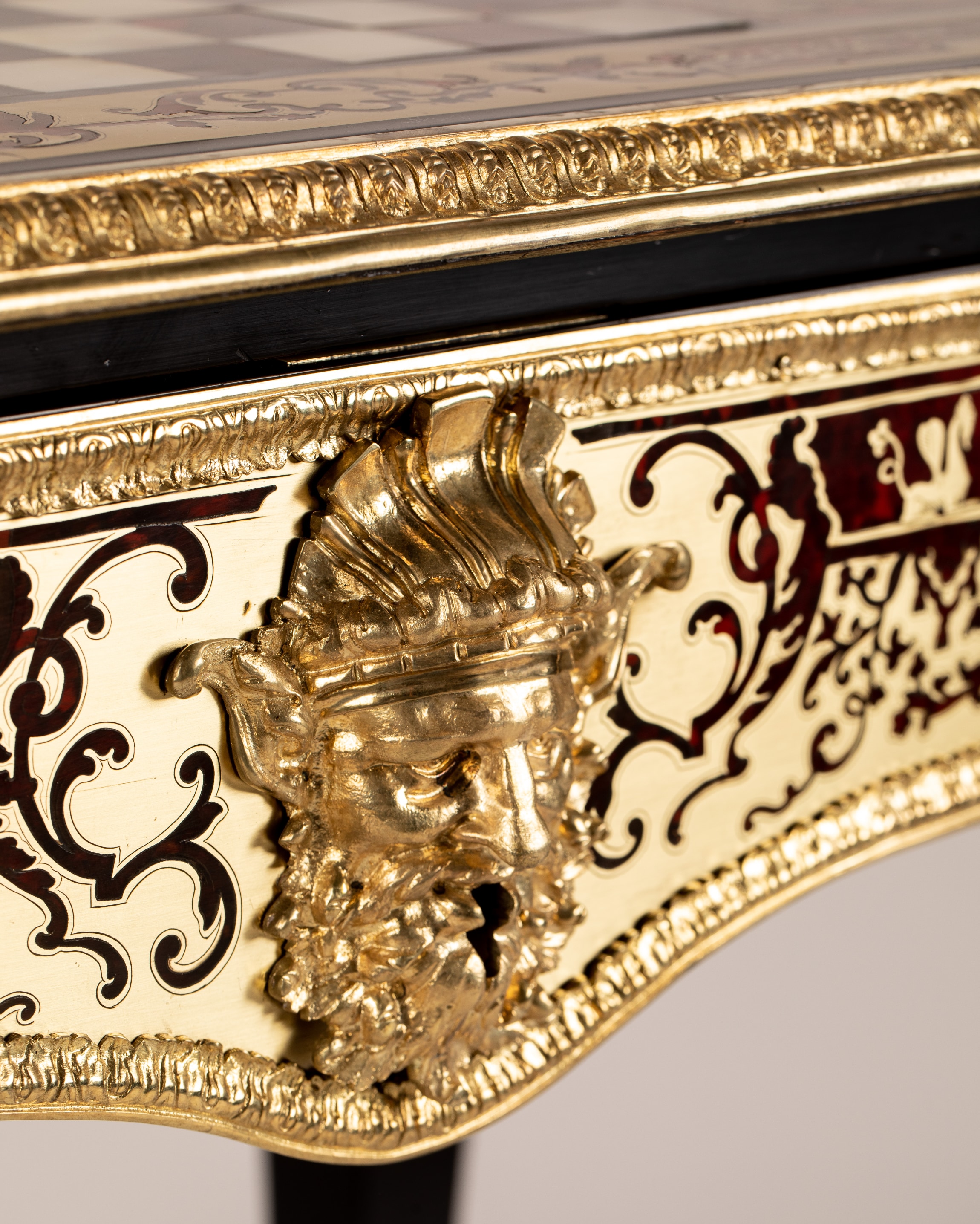
Figure 6. A Fine pair Games Table of the George IV Period in the Manner of André-Charles Boulle, Attributed to Thomas Parker, circa 1820, Butchoff Antiques, London
It was André-Charles Boulle (1642-1732), cabinetmaker to the king, who propelled French furniture into ambitious new territory starting in the late 17th century. His exclusive right to produce cabinetwork alongside bronzework in his studio meant a direct aesthetic synergy became possible between both disciplines for the first time. His inventiveness is apparent in the confident escutcheon on our Louis XIV Boulle marquetry style games table (fig. 6).
Louis XVI
The next century pushed French gilt bronze work to its apex, creating incredibly detailed ormolu mounts which adorned the finest furniture. In this period, rococo flourishes inspired escutcheons with a plethora of floral, foliate, and organic forms, exemplified in the work of Jean-Henri Riesener. Undeniably elegant, escutcheons for royal furniture he designed (fig. 7) remained popular throughout the 19th century, and appear on furniture produced by Henry Dasson (fig. 8), among others.
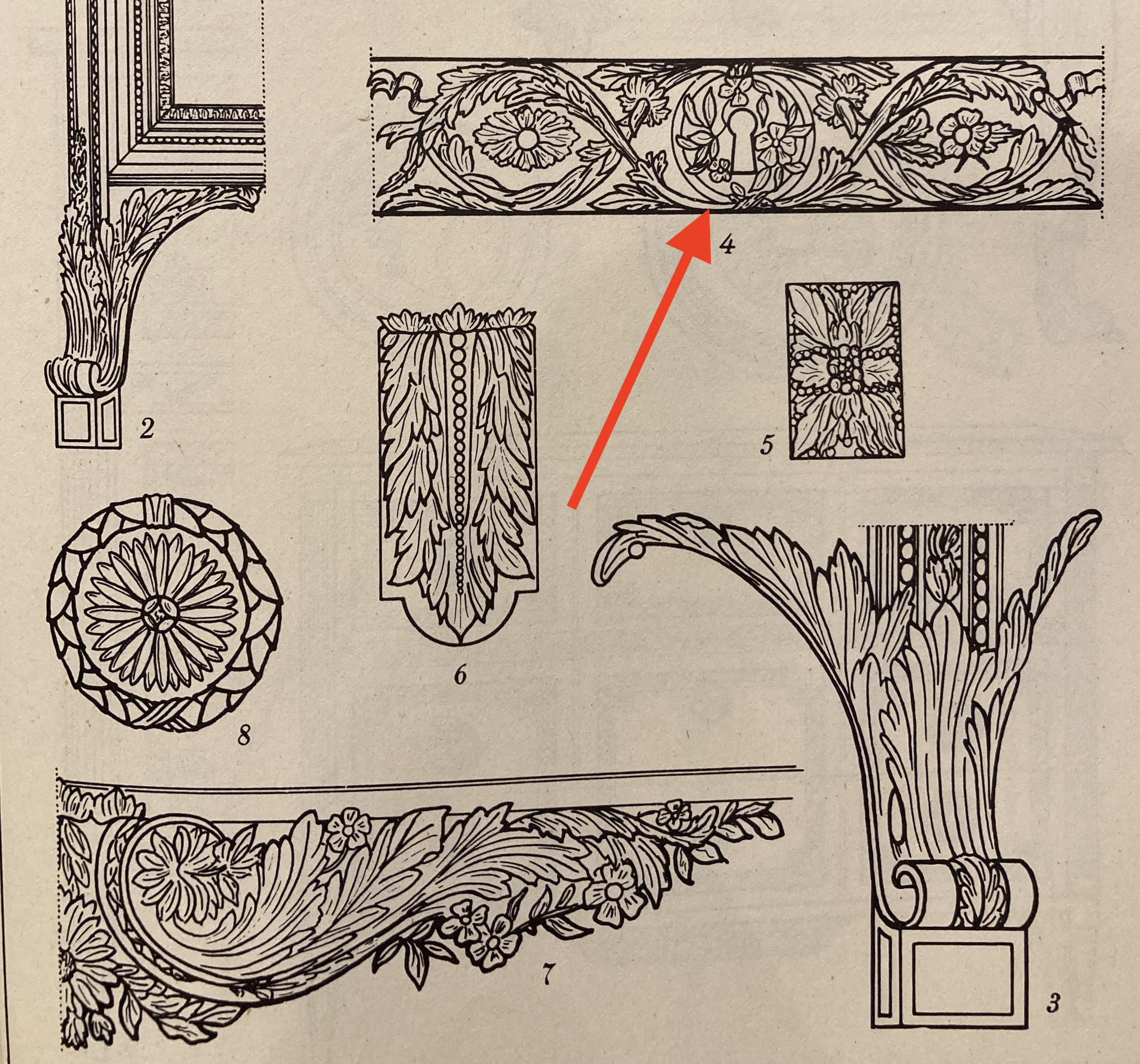
Figure 7. Line Drawing of a commode made by Jean-Henri Riesener in the late 18th century
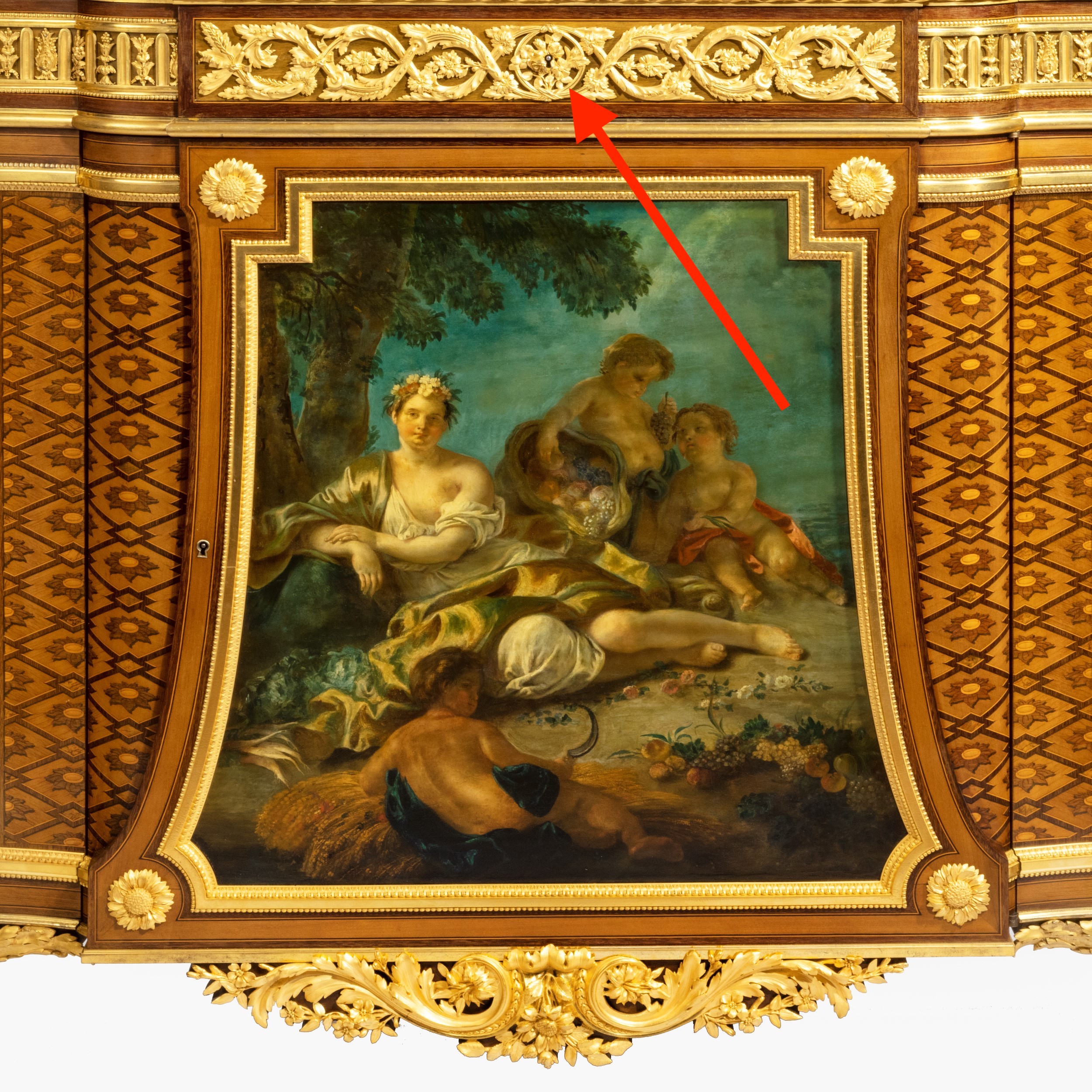
Figure 8. A Very Fine Louis XVI Style Gilt-Bronze Mounted Marquetry Commode, dated 1879, Butchoff Antiques, London.
EMPIRE STYLE
Just as a revived interest in Classical Antiquity spawned in England, Napoleon’s conquests in Egypt sparked an admiration and obsession with Ancient Egyptian motifs, observed on obelisks, pyramids, and tombs of the pharaohs. Common motifs included wine amphoras, sphinxes, and female masks. It was perhaps the swan (fig. 9), which had become intimately associated with the Empress Josephine which became one of the most popular escutcheon designs, as seen on our desk in the French Empire manner (fig. 10).
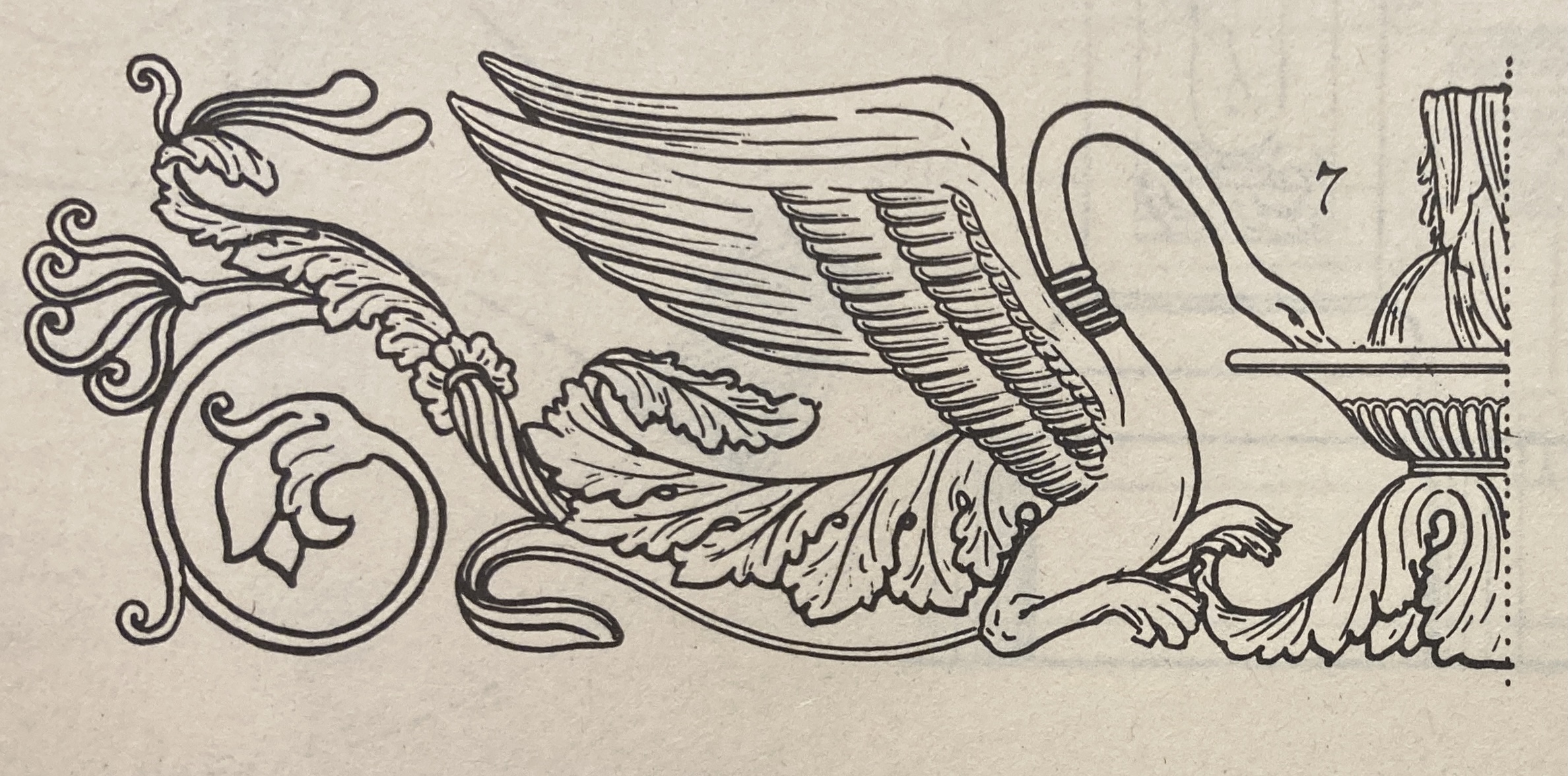
Figure 9. Drawings from Compiègne Palace, early 19th century.
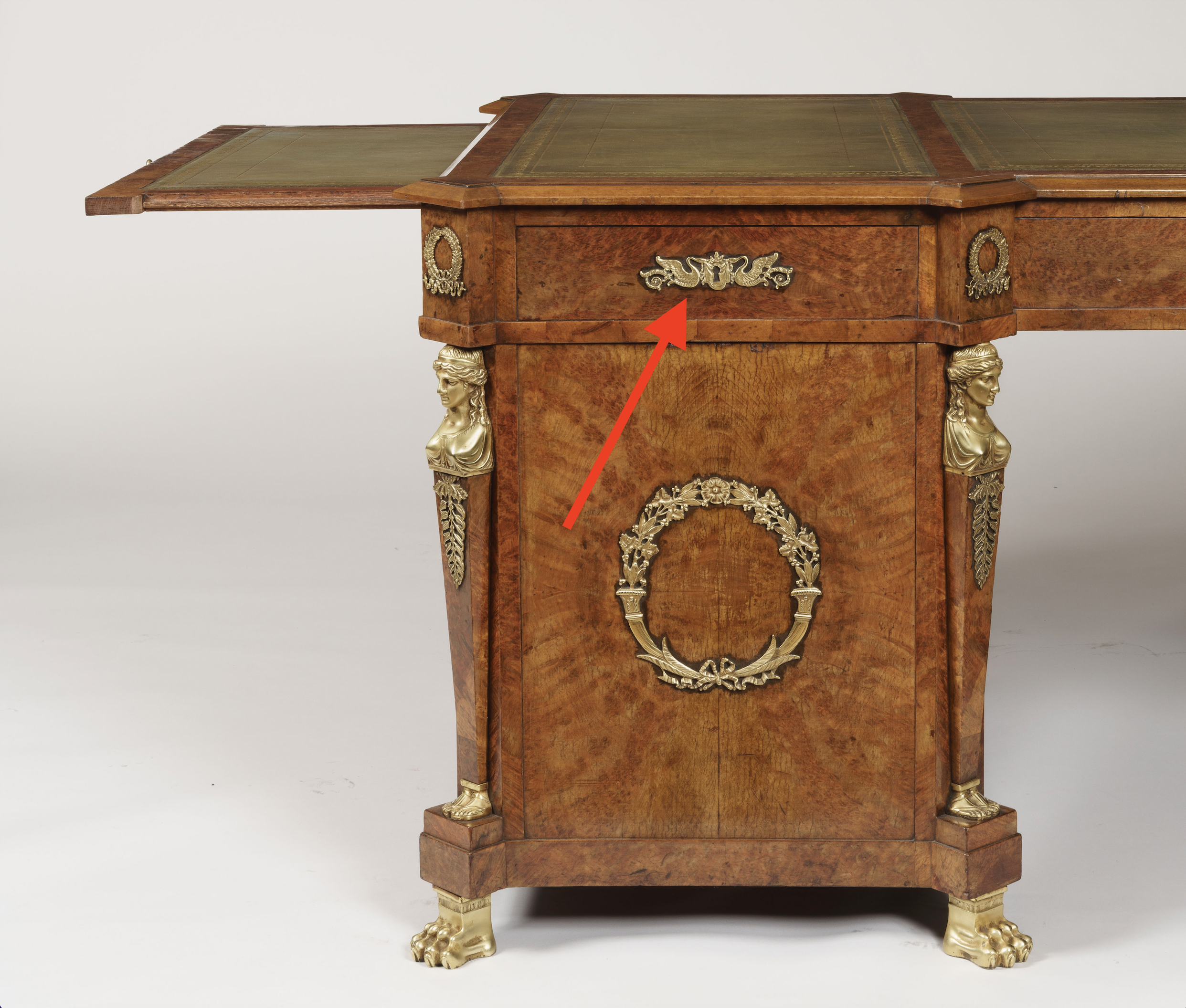
Figure 10. A Pedestal Desk in the French Empire Manner, circa 1890, Butchoff Antiques, London.
Escutcheons are an oft-overlooked feature of many fine antiques, and they can tell us a whole lot about an item’s history and design!
Written by Rainier Schraepen

 Vip access
Vip access

 Favourites
Favourites






